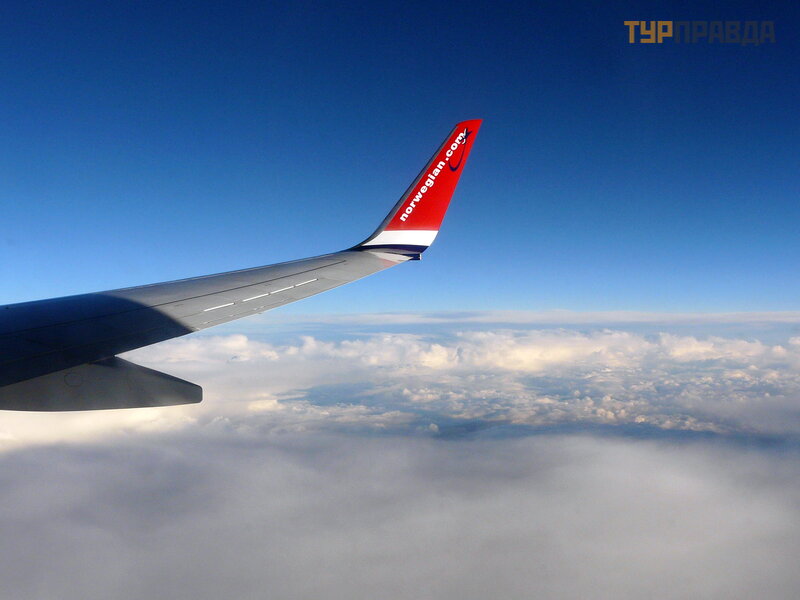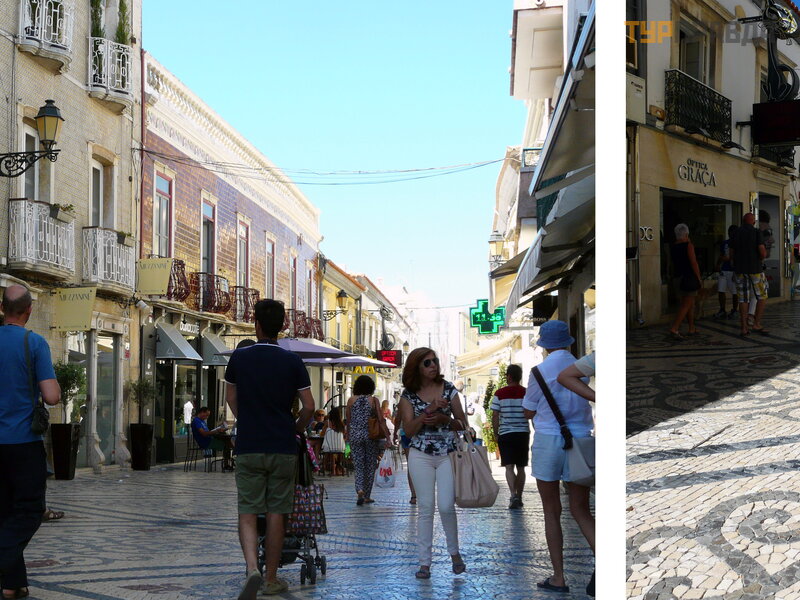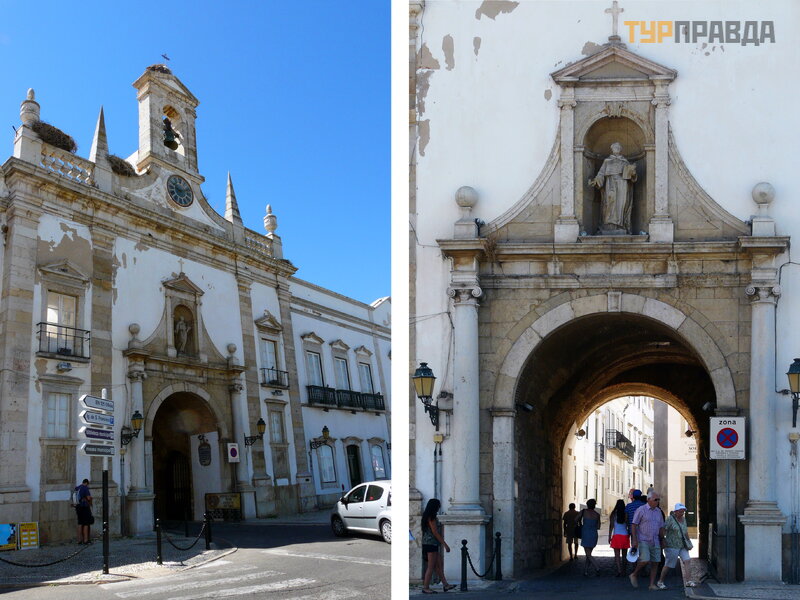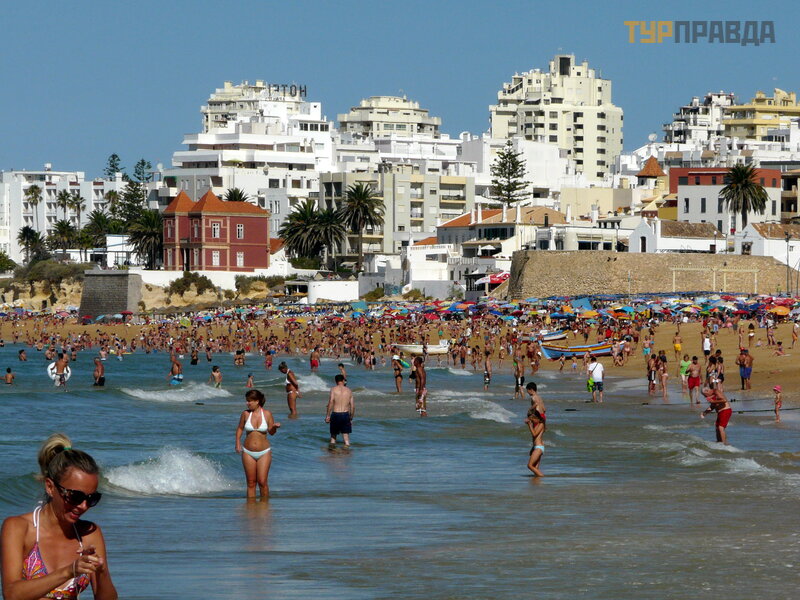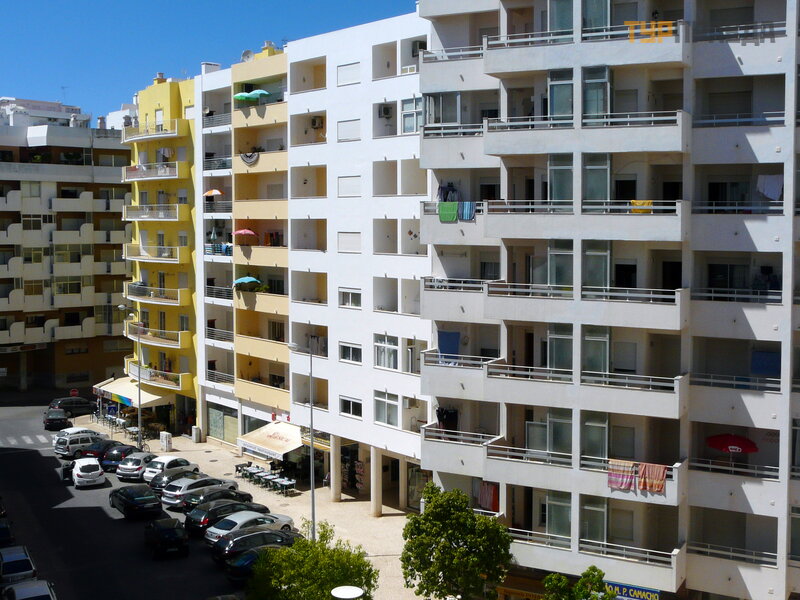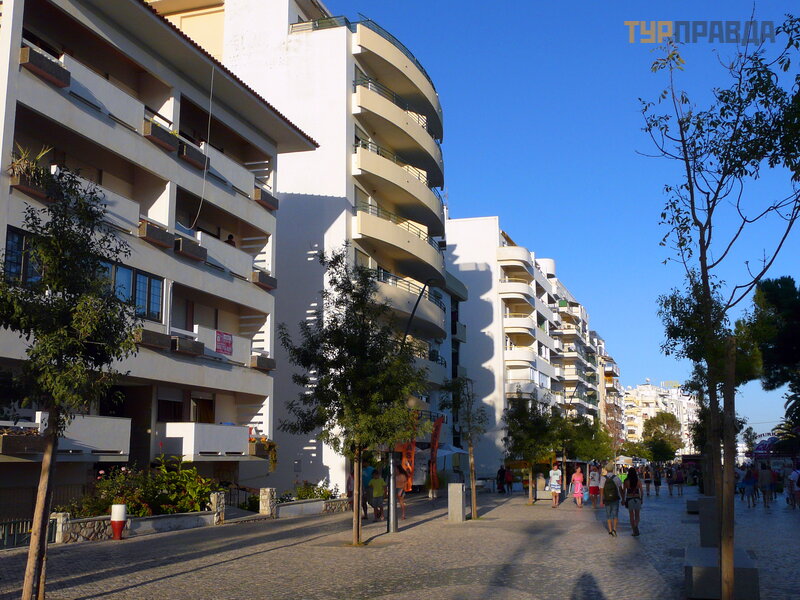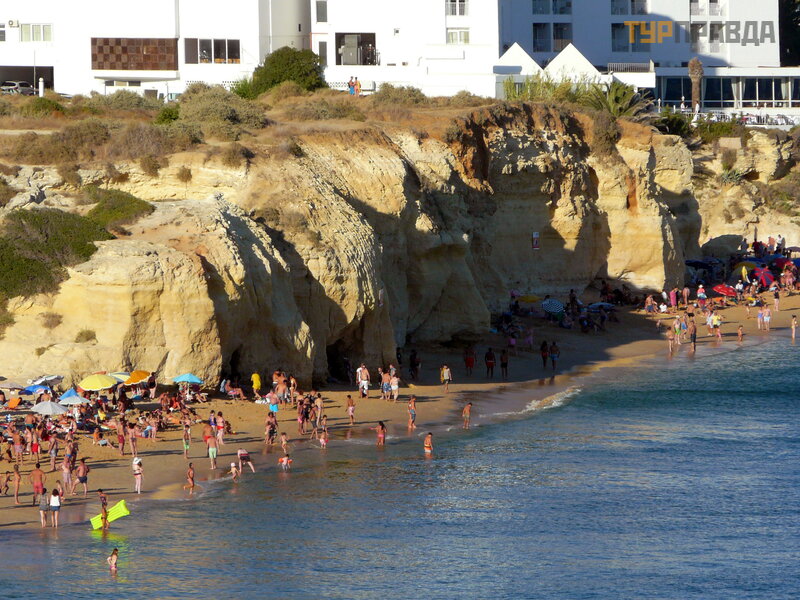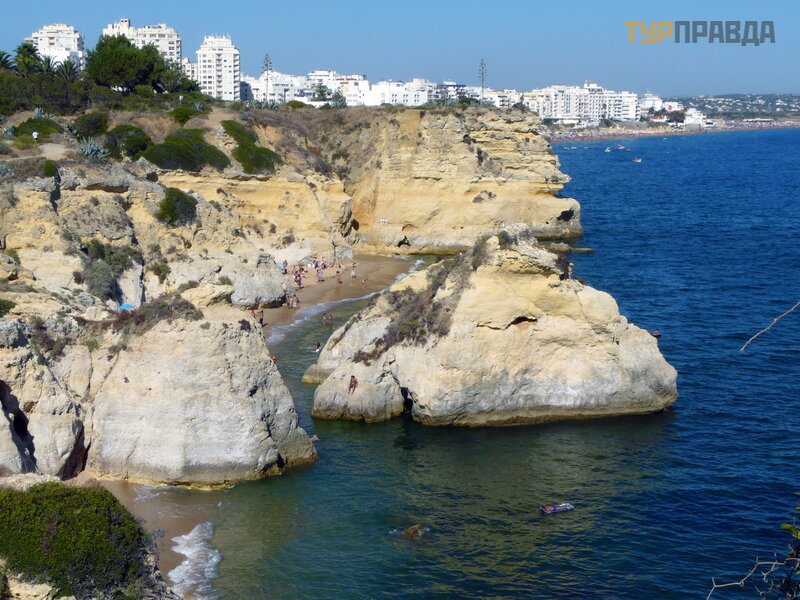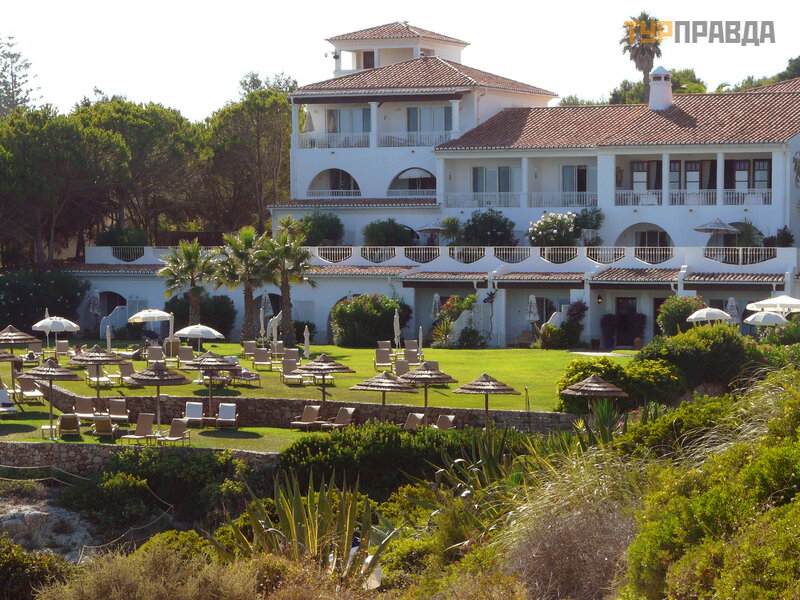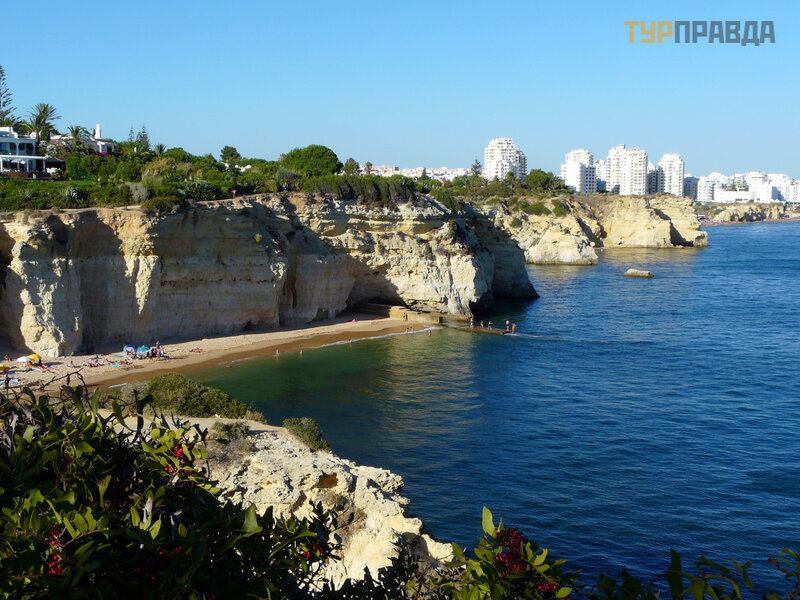Let's talk about Portugal? A little?
“My vacation plans had to be changed” - the last two years this phrase has become typical for most Ukrainians. I also mothballed my grandiose plans and dreams of travel until better times.
But I really wanted to go somewhere, and my brains, along with my eyes and psyche, asked for new experiences, vivid pictures and at least some relaxation.
Portugal has become this "somewhere" for us. We heard a lot of rave reviews and recommendations from our friends to go to this wonderful country. And the argument "Portugal is very inexpensive" was the final argument that tipped the scales. And a company of four young ladies went to get acquainted with this bright southern country in the highest season - August. So the stars are arranged... : )
We flew by the Norwegian low-cost Norwagian - with a change in Oslo. Despite the "floridity", this route was the cheapest at that time - 2 months before departure - and quite short in terms of flight time. And to the surprised question of the border guard, who saw four women with a beach umbrella in their hands, they answered: “monay”, that is, inexpensively. : ))
Our acquaintance with Portugal began from its southernmost province - the Algarve. This is a picturesque coast of the Atlantic Ocean, where there are many bays surrounded by fantastically beautiful rocks, more than a hundred kilometers of wide sandy beaches and dozens of resort towns: Albufeira, Lagos, Faro, Vilamoura, Tavira, Portimao, Lule, etc.
Mountains protect from cold winds in the north of the Algarve, warm Atlantic currents and African winds create a uniquely mild, inimitable climate here, the sun shines 300 days a year. Summer here begins in April and ends in October, the water temperature in summer is 21-24°C. I don’t know exactly what temperature the ocean was during our vacation, but I jumped out of the water after 3 minutes with the feeling that my hands were covered with small, small pieces of ice.
Three thousand years ago, there were Phoenician trading ports on the territory of the Algarve, and in the sixth century BC, the Carthaginians founded the port of Ganibalis (modern Portimã o). For more than 500 years, the Algarve region was owned by the Arabs, having conquered it from the Visigoths at the beginning of the 8th century, the word "Algarve" itself comes from the Arabic "al garb" - west. This land remained the last stronghold of the Arabs in Portugal, and only in the middle of the 13th century the Muslims were expelled from the Algarve by the Portuguese king Don Afonso III.
The history of the Algarve as a resort began only a few decades ago, when in the late 50s of the twentieth century the British chose the Algarve as their holiday destination. Small fishing villages eventually grew into large resort towns - "promenades" with countless restaurants, shops, hotels pressed the narrow old streets.
The first Portuguese city for us was Faro - the largest city in the province with an international airport, the second after Lisbon in terms of international passenger traffic. The airport is located two kilometers from Faro, has only one asphalt runway 2.610 meters long, and is located along the ocean. Thanks to this, having stuck to the windows, we were fascinated to watch how the plane was landing over the ocean.
The history of Faro, like the history of the Algarve, dates back to Roman times, which are reminiscent of the remaining ruins. The first settlement on the site of the present city of Faro was founded by the Romans. The heyday of the city fell on the time of Moorish rule. The Moors, who occupied the city in the 8th century, originally gave it the name Ossonoba and used it as a trading port. In the 16th century, the settlement was granted the title of a city, and in the 18th century it was declared the capital of the southernmost province of Portugal.
Unfortunately, during the earthquakes of 1532 and 1755, the city was badly damaged, and most of the buildings that have survived to this day were either restored or built in the second half of the 18th century.
The first thing you notice when you step onto the streets of the city are patterned sidewalks lined with small, 5x5 cm in size, white and brown irregularly shaped stones. Moreover, these ornaments are lined by hand, and most sidewalks in many cities of the country are made using this method. Very nice! But how uncomfortable it is to walk on them! Through the thin sole of the sandals you feel all the bulges, depressions and roughness of these pebbles. And I, imperceptibly for myself, constantly moved to the pavement - to a flat and smooth surface, risking falling under a car. : ) That's interesting - how do they walk on stilettos on such a sidewalk? ? : )))
Streets of Faro.
The center of Faro is convenient for walking. Partially preserved Roman walls from the 9th century surround the Old Town. You can get there through the Arco da Vila, built in the 19th century. on the site of the gate of the Middle Ages. There is also a statue of St. Thomas Aquinas, the patron saint of Faro.
Faro. Arco da Vila. Statue of St. Thomas Aquinas, the patron saint of Faro.
Unfortunately, we were only in Faro for a couple of hours - the time between the plane and the bus, because then our path lay in Armacao de Pera. But during these 2 hours we managed to be fascinated by the city, take a series of photographs and even chat with former compatriots.
Armasao de Pera.
A small resort town that grew out of a fishing village is considered to be perhaps the oldest settlement in the Algarve region. The village was founded by people from one of the regions of Portugal, which is called Pera, from where the name came from.
Praia de Gale's clean white sand and warm water have made it a favorite vacation spot not only among tourists, but also among local residents.
Armasao de Pera, Praia de Gale beach
Today Armacao de Pera is modern hotels, shopping centers and high-rise residential buildings.
Armasau de Pera, view from the window of the apartment where we stayed
Armasau de Pera, the central "promenade" along the coast
We stayed in one of these houses for a few days - a small apartment 5 minutes walk to the beach. The hostess immediately treated us to pasteis de nata (pasteis de nata) - the world-famous Portuguese pastries. These are national sweets that are baked throughout Portugal. They say that the most delicious pasta de nata is only in the Pasteis de Belem cafe in Lisbon. I am not sure. It seemed to us that all the pasties we ate after could not be compared with these - from a private bakery shop on the next street, in which people queued up long before opening. : )
Portugal is a fishing country, the most national dish is small sardines grilled right in the scales. Moreover, many residents install grill ovens on their balconies, and the entire neighborhood is enveloped in a dense, vigorous smell of fried sardines. : ))
Another bright "impression" was the seagulls that have taken a fancy to the roofs of the houses. As soon as it was dawn, they were making such a noise that already on the third "sleepless" morning we had a violent desire to start shooting them. : ))
Otherwise, the town is very pretty and comfortable - there are many restaurants and cafes on the shore, mobile vegetable markets, shops and private shops where you could eat tasty and inexpensively or buy groceries and cook yourself at home. Despite the large number of vacationers, we always found both a place on the beach and a free table in some cozy family restaurant for lunch or dinner with delicious seafood dishes. We tried a variety of inhabitants of the deep sea - grilled dorado and salmon, and some other local fish, the name of which we could neither translate nor remember, and, of course, sardines. Squid prepared in a variety of ways: simply grilled, "kebab" of squid, vegetables and white fish, rings fried in vegetables, etc. And even shark and stingray meat - in one family restaurant, opened back in 1968. I really (! ) liked the stingray meat.
West of Armacao de Pera stretches a rocky coast, interrupted by small bays and cozy hotels located above them. It was possible to get there from the ocean side along the coast only along a narrow path winding along the cliffs. We managed to walk far enough until the path ended with the inscription privat.
Armasau de Pera
In the distance - Armacao de Pera
West of Armacao de Pera, small hotel
West of Armacao de Pera, the city in the distance
Fortunately, the majority of our company did not belong to the constellation of those who like to spend holidays "belly up", and we alternated a beach holiday with a tour of the coast. . .
